Citizen science takes centre stage at the virtual autumn British Ornithologists’ Union 2022 Conference
Citizen science takes centre stage at the virtual autumn British Ornithologists’ Union 2022 Conference
19 Oct 2022
The British Ornithologists’ Union is one of the world’s oldest and most respected ornithological organisations, holding international conferences several times a year. This year’s virtual Autumn Scientific Meeting brought together researchers active in the field of citizen science to share their latest work.
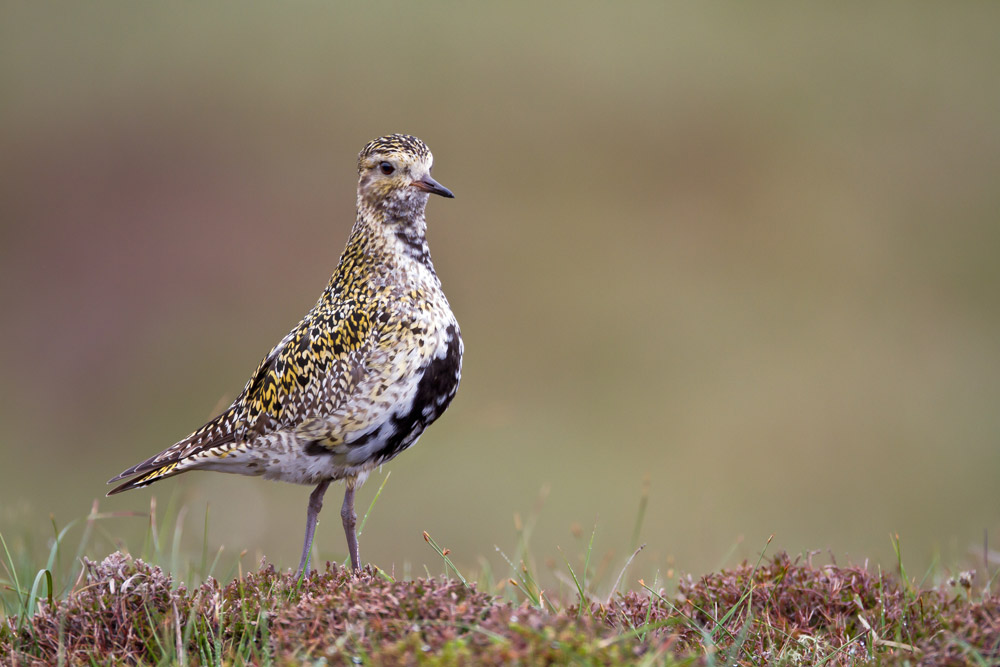
Identifying, understanding and solving conservation issues: BTO data in action.
BTO CEO Juliet Vickery discusses how we use volunteer-collected data to drive positive change for the UK's birds.
BTO is a 90-year partnership of citizen scientists, volunteer observers and professional staff, making our experience and insight into the value of citizen science hugely valuable. The conference focused as much on the citizens as the science, recognising that we need to understand what motivates citizen scientists and how we nurture and embrace existing and new audiences.
BTO’s Chief Executive Juliet Vickery led the evening session on citizen science with her talk Harnessing the power of citizen science to understand and conserve birds, in which she showcased the citizen science underpinning some of BTO’s remarkable success stories: evaluating a conservation intervention for declining farmland birds, assessing the effectiveness of protected areas for lowland breeding waders, creating wader sensitivity maps to provide high-level guidance for ‘the right tree in the right place’ forestation, and developing a Migration Mapping tool to predict and manage outbreaks of avian influenza.
For Juliet, the conference was also an opportunity to learn from the new insights and ideas brought by the other presenters, who showcased how volunteer observers can help uncover vital information about birds from moult and migration to diet and disease, and discussed the use of rapidly developing technology in citizen science, including apps, bioacoustics, aerial images and genetics.
As CEO of BTO, I don’t need to be convinced of the value of citizen science, but I knew this conference would provide new insights and ideas about what motivates citizen scientists, and how to nurture and embrace existing and new audiences.Juliet Vickery, BTO Chief Executive
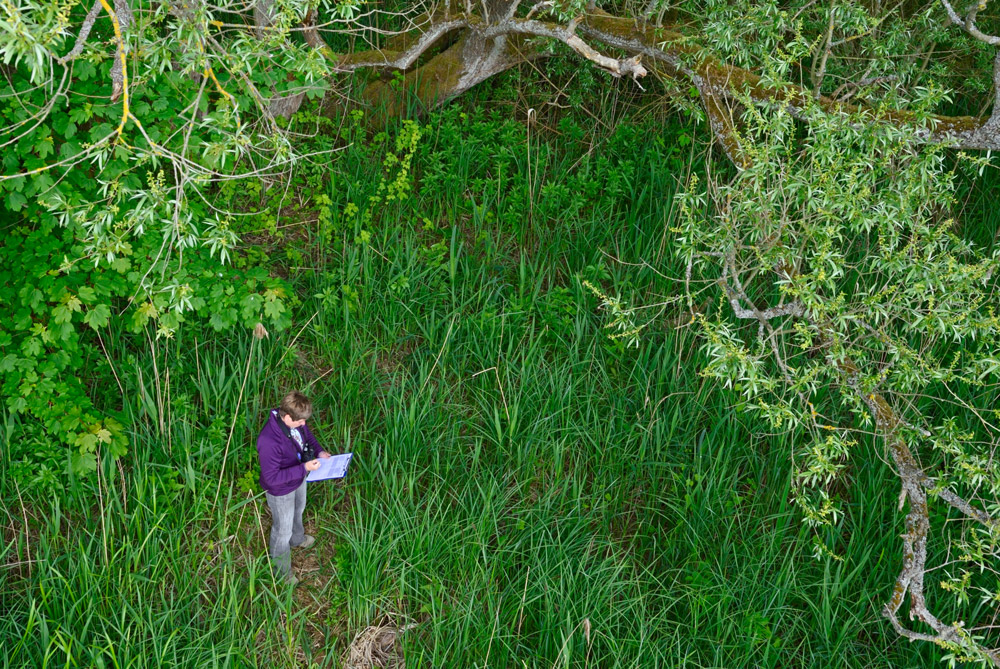
Sustainability and citizen science
Estimating the carbon footprint of the Breeding Bird Survey.
The carbon footprint of citizen science
The BOU’s choice to host this conference entirely online – maximising the event’s reach while minimising its carbon footprint – reflects shifts in the wider conservation community towards lower-carbon conservation work.
BTO’s Principal Data Scientist Simon Gillings is the co-author of recently published research which aimed to estimate the carbon footprint of the BTO/JNCC/RSPB Breeding Bird Survey, and presented the findings of his research during the conference.
Simon has also discussed these findings in more detail in his blog, Sustainability and citizen science, where he tackles the difficult balance between achieving sufficient biodiversity monitoring coverage and minimising negative environmental impacts: we need accurate information on how wildlife is faring, but we also have a responsibility to understand how collecting biodiversity data contributes to society’s emissions.
I was really looking forward to attending and speaking at my first BOU conference, especially to learn more about citizen science engagement. It was fascinating to learn how others have risen to the challenge and I’ve definitely learnt more about how I can improve and develop our volunteer engagement (and I hope my talk did the same for others!).Gill Birtles, WeBS Counter Network Organiser
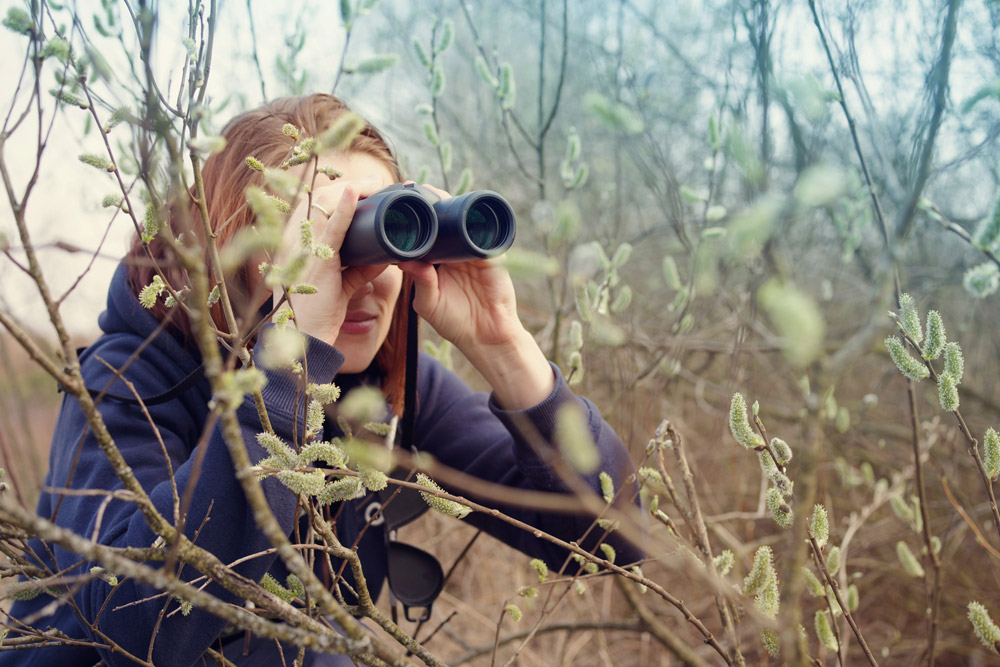
Join a BTO project
From the Bird Ringing Scheme to the Breeding Bird Survey, the Mountain Hare Survey to the Heronries Census, there is a project for everyone at BTO. You don't need to be an expert to take part!
BTO volunteer schemes
Conference attendees also heard directly from several key BTO volunteer schemes with presentations on the successes and challenges of maintaining an active volunteer base.
Head of Ringing and Nest Recording Dave Leech spoke about the challenges faced by the British and Irish Bird Ringing Scheme in his plenary talk Adapting to a changing world: monitoring schemes must follow nature’s lead. Dave emphasised that the Ringing Scheme needs to adapt to a changing citizen science landscape by increasing transparency around training for a ringing licence, and showcasing the value of citizen science data. He also spoke about the need to address societal changes in volunteer availability, land access and data-sharing expectations.
For David White, Engagement and Surveys Officer (England), his presentation Achieving and maintaining coverage for the Breeding Bird Survey and motivating new surveyors was an opportunity to showcase two key elements of his work: the essential contributions of BTO’s regional network of volunteers, and the BTO/JNCC/RSPB Breeding Bird Survey.
WeBS Counter Network Organiser Gill Birtles touched on similar topics in her presentation The opportunities and challenges of attracting and retaining for a long-running citizen science project, discussing the importance of expanding habitat types and embracing urban wetlands in the BTO/RSPB/JNCC Wetland Bird Survey in order to attract new volunteers who may otherwise struggle to get involved with surveys.
The Breeding Bird Survey Regional Organisers are a key part of our work to motivate new surveyors, and do a fantastic job between them in their respective BTO regions across the UK.David White, Engagement & Surveys Officer (England)

Meanwhile, Research Ecologist Ian Woodward discussed BTO’s longest-running survey, the Heronries Census. This monitoring scheme started in 1928, making it a key part of BTO’s heritage.
The census generates national population estimates, with the annual trend highlighting the ups and downs of Grey Heron numbers over the years. The Grey Heron trend is used in UK government indicators, and counts of egrets and spoonbills are also collected and submitted to the UK’s Rare Breeding Birds Panel.
In his presentation, Ian discussed whether an annual Heronries Census is still necessary given the increasing numbers of robust national monitoring surveys like the Breeding Bird Survey; could volunteer effort be better directed elsewhere for a greater impact on bird conservation?
Although I was nervous, I really enjoyed presenting my first talk at a BOU conference on the challenges of recording habitat data. I also chaired a session for the first time with talks by my fellow colleagues, and I had loads of great feedback. It was brilliant to hear about all the great science that is being done emphasising the value of citizen science data for ornithology.Ailidh Barnes, Research Ecologist
Volunteer data: celebrating its role in BTO research
Several of BTO’s other scientists also showcased the role of citizen science in their research.
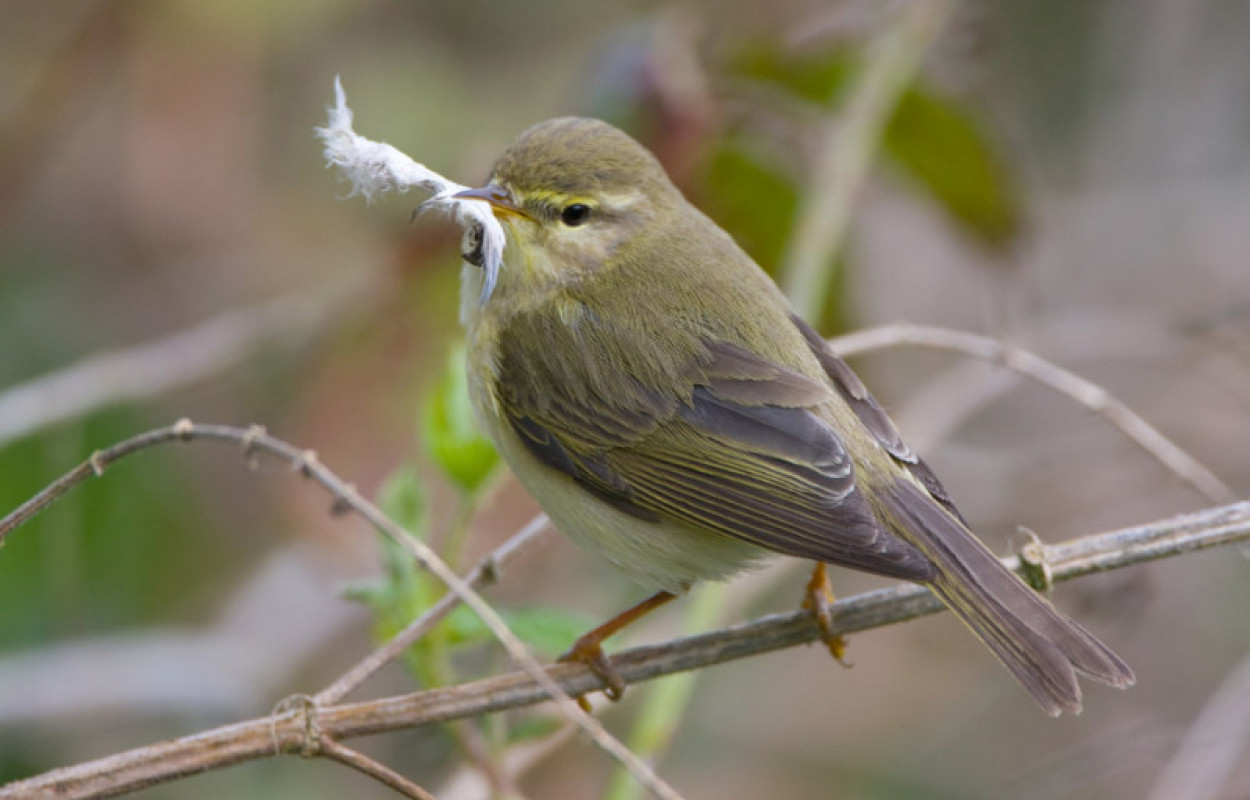
Investigating the impact of climate change on the Willow Warbler life cycle
Research reveals why Willow Warblers breeding in different parts of Britain are being affected by climate change in different ways.
Research Ecologist Hugh Hanmer presented recently published research which investigated the effects of climate change on the Willow Warbler’s life cycle across the UK. The analysis and results, which reveal different rates of change in different UK populations, are based on the data collected by hundreds of volunteer ringers and nest recorders.
Research Ecologist Ailidh Barnes discussed the potential for expanding the scope of citizen science in her presentation Not just species recording: What is the role of citizen scientists in supporting habitat assessment? and Jenni Border, Senior Research Ecologist, discussed using EuroBirdPortal – which relies on citizen scientists to collate sufficient data – to determine the start and end dates of spring and autumn migration in 30 European-African migrants.
Ros Green, PhD student and BTO Research Ecologist, presented her current research which involves analysing Shelduck feathers collected by volunteers. Shelduck feeding in different locations while they moult and grow new feathers have different chemical ‘signatures’ in their new feathers, allowing Ros to pinpoint the birds’ moulting sites. Ros will then be able to investigate the potential impact of offshore wind farms on moulting Shelduck. You can read more about her research on her website.
It was good to see so many talks from my colleagues, reflecting the fact that the conference theme of ‘citizen science’ is one of the strengths of BTO thanks to the huge contribution made by our volunteers.Ian Woodward, Research Ecologist
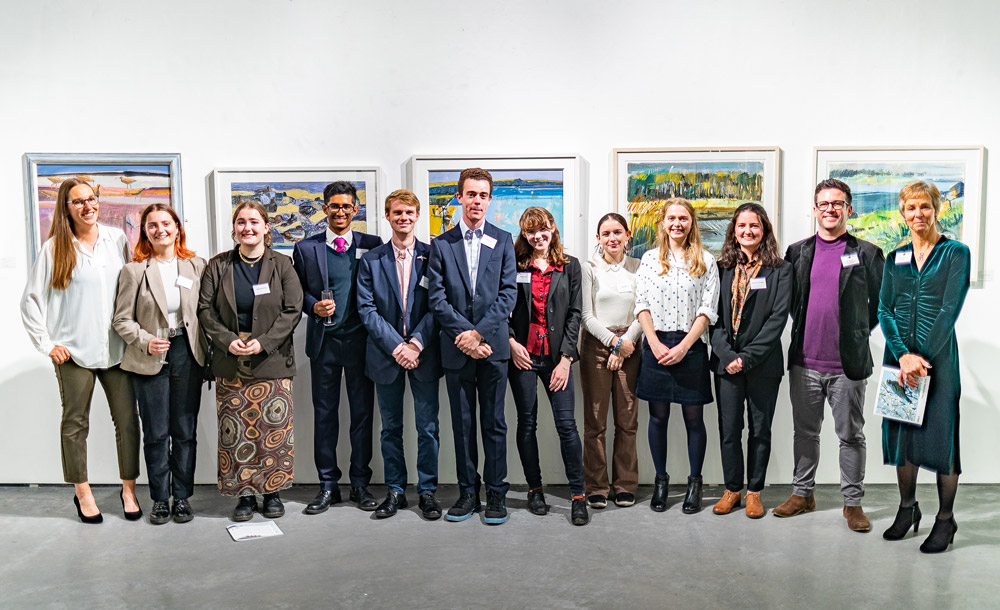
Meet the Youth Advisory Panel
The Youth Advisory Panel has developed an inclusive and extensive Youth Engagement Strategy, helping BTO inspire the next generation of birdwatchers.
Youth in citizen science
Last but not least, presentations by BTO’s Youth Engagement Manager Faye Vogely and members of BTO Youth discussed the importance of engaging young people with nature.
This engagement is key to protecting landscapes and species in future, but young people are often excluded from natural spaces; BTO Youth aims to help remove the barriers that young people experience and create equitable opportunities in the environmental sector.
BTO Youth is comprised of our Youth Advisory Panel members, who help steer BTO to better serve our younger supporters, and our Youth Representatives, a network of young volunteers across the UK who engage with other young people to involve them in BTO’s work.
You can read BTO Youth’s presentation in more detail on Twitter.
The British Ornithologists' Union
Founded in 1858, the BOU is one of the world’s oldest and most respected ornithological organisations. It has an international membership stretching across all continents. The BOU aims to:
- promote understanding and conservation of the world’s birds
- advance ornithology within the scientific community
- promote scientific ornithology to the wider birdwatching public


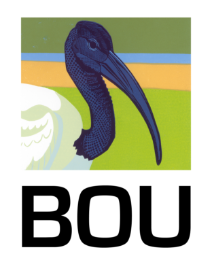




Share this page